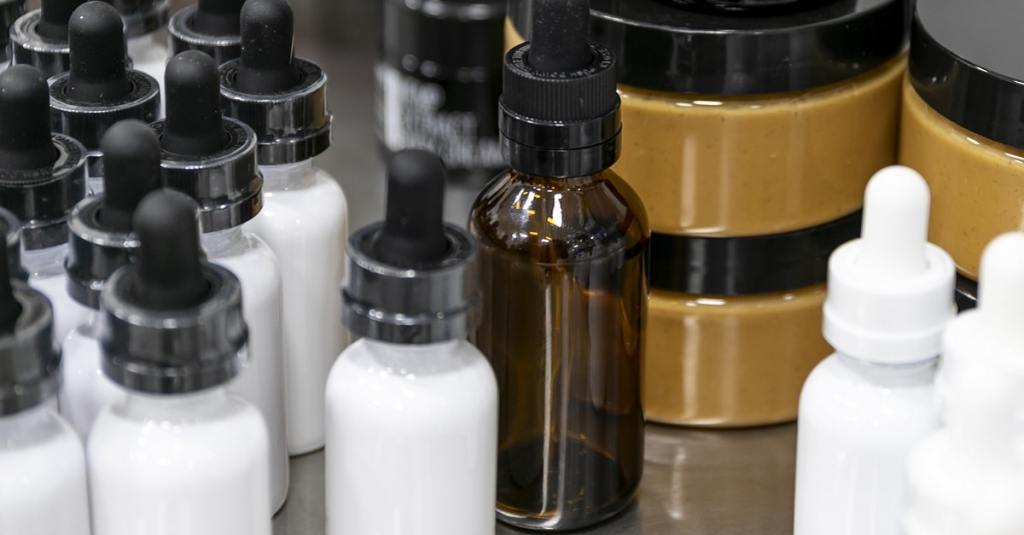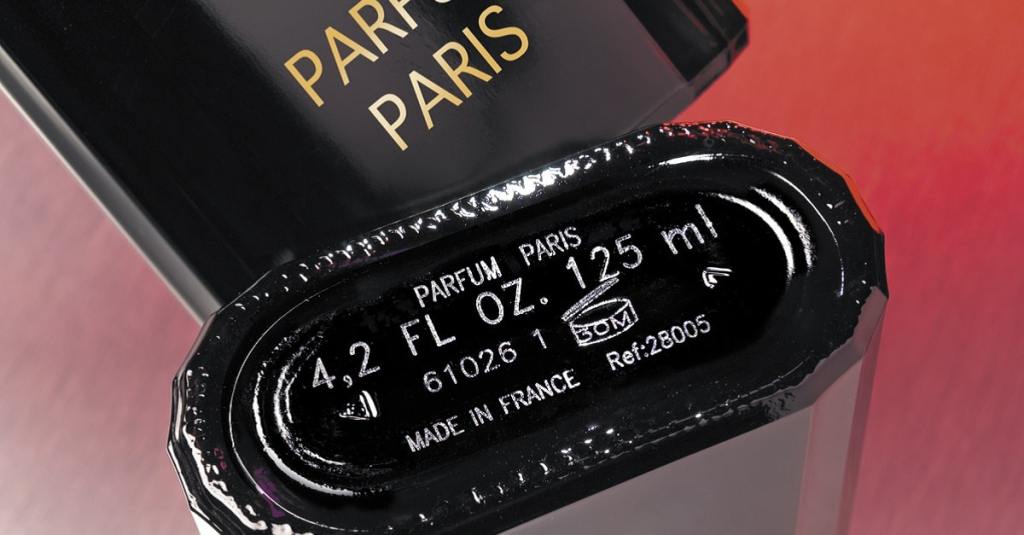Laser coding, the solution to tackling counterfeiting
A laser mark can be used as an important security feature to avoid the counterfeiting of your products.
Counterfeiting can be defined as illegally making something that imitates an authentic product. This could include consumer products such as handbags, watches and fashion clothing. It can also be consumables such as alcoholic spirits, cigarettes and pharmaceutical products.
Each year, thousands of counterfeit goods are seized. However, with the necessary tools becoming more accessible, the quality of fakes has risen to a point where they are much harder to detect than ever before.
Counterfeiting and its impact
The impact of counterfeiting can affect both the profitability of the legitimate company and its reputation. It is clear that fewer goods sold will result in a drop in revenue. The potential lower quality of the counterfeited goods can also have a huge knock-on effect on the company’s reputation.
Refilling genuine packaging with counterfeit product can also have a large impact. This has typically been seen in the beverage industry, however, a more recent example of this is the practice of refilling CBD oil bottles and tinctures.

Counterfeiting is a global issue which continues to increase year on year. Some estimates state the international trade in counterfeit and pirated goods could reach close to $1 trillion by the end of the decade.[1]
So how do we tackle it?
Anti-Counterfeiting is providing a method which can reduce or eliminate the ability of a counterfeiter to copy a product.
This could include:
- providing overt marking which is difficult to reproduce
- adding discreet marking for traceability to determine if a product is real or fake
- providing permanent marks such as best before dates on packaging to deter it from being refilled by other companies
Coding and marking can represent the surest way to protect against counterfeiting today. The best coding and marking solutions provide excellent protection against the counterfeiters and the robust, permanent and complex codes they produce are increasingly the best form of defence.

Laser Marking: A Security Feature
What are the benefits of using laser coding to avoid Counterfeiting?
Of all the different coding technologies, it is laser coding that is often most attractive to companies concerned about counterfeiting. This is because a laser coder can print permanent, high-quality codes onto a wide range of substrates including glass, coated metal, labels, and plastic – at all line speeds.
Laser codes can’t be rubbed off, making them the ideal solution for traceability and anti-counterfeiting:
- laser marking creates a permanent, indelible mark
- distinct codes create added complexity to deter counterfeiters
- laser marks can be discreet or easily visible
- numerous materials can be laser marked (e.g. paper, glass, plastics)
- laser marking is a fast process which can keep pace with all production line speeds
- codes can show traceability of the product and can help determine if the product is fake or genuine
So, whether you are a small operation or a large-scale manufacturer, considering a laser-based marking solution can help to protect your business. It will provide you with high-quality codes, it will save you money in the long term and it will increase your protection against the counterfeiters who seek to profit from your brand.
[1] OECD: Organization for Economic Co-operation and Development and EUIPO: European Union Intellectual Property Office
